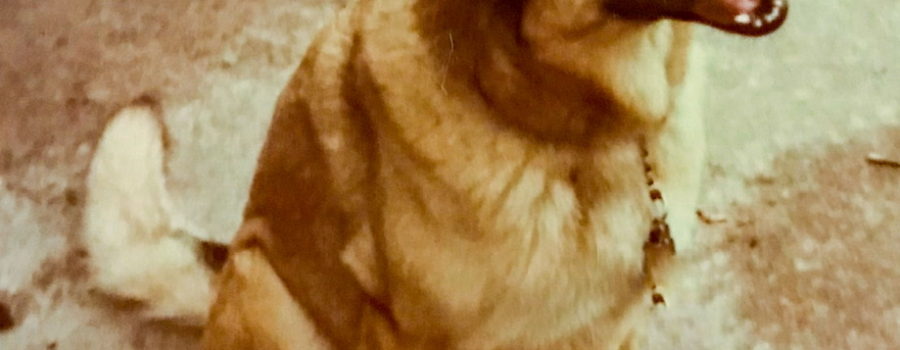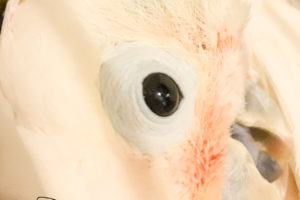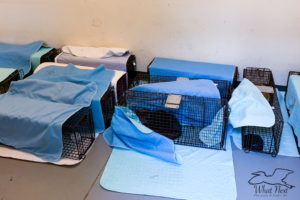Microchips Are Awesome, But They Have to be Registered

Over the years that I have been working in veterinary medicine, people have used a variety of systems to identify their animals in case of loss or theft. When I was a kid, the only way you could identified dogs and cats was with a collar and possibly a tag. Collars are easy for pets, especially cats, to loose, and can easily be removed if an animal is stolen. And even if the collar itself doesn’t get lost, sometimes tags do. Collars can also be dangerous, especially for cats. Collars can get caught and strangle an animal, and if put on too tightly, they can cause skin irritation and even deep wounds.

While I was in school, tattoos became a popular option for identifying pets, but there were problems with that, too. First, the only way to tattoo an animal is under anesthesia. That means that it would be inconvenient to do except with another procedure, and that it is expensive. Then there is the issue of where to place the tattoo. One of the earliest places that was used was the inside of the ear. That quickly proved to be problematic since ears can pretty easily be mangled in a number of ways (i.e. fights, ear infections, aural hematomas, etc.), and in cases of theft, ears can be removed. On most other parts of the dog or cat body tattoos would end up covered in hair and wouldn’t be visible unless the animal was shaved. Finally, there was no standard for what to tattoo, and no registry for tattoos. At my first job, we used people’s social security numbers on the inside of the thigh. Putting that long number in a tattoo was very time consuming, and extremely difficult to fit on a small dog or cat.

Finally, microchips were invented. They are easily placed inside a large bore needle and implanted in the animal like any other shot. It can easily be done without any anesthesia and most animals don’t mind it at all. The chip is then read with an electronic scanner. It can’t be lost, and it’s small enough that it cannot easily be found and surgically removed. The first microchip manufacturers also published a standard for where to place the chips in various species. In dogs and cats it is placed between the shoulder blades, in horses it’s placed in the neck muscles of the left side, and in birds it’s placed in the breast muscle. This gives the person with the scanner a place to start looking.

Microchips aren’t perfect, though. When they first became popular, various manufacturers used different wavelengths which meant that not all scanners would read all chips. Now all of the major companies use the same few frequencies and any universal scanner will read them. Chips can also migrate over time in some animals, especially dogs and cats. That means that scanning has to include more than just the standard area or microchips can be missed. By far the biggest drawback to microchips, though, is registration. If owners don’t register their pet’s chips, they can’t be traced. Most manufacturers keep records of what organization bought which chips, but if owners don’t register the chip in their own name, tracking the chip to them can be difficult or impossible. Most companies charge a small fee for registration, but that fee considerably is less than impound fees at a shelter will be for even one day. So, if you value them, get your animals microchipped, and please, please, please, register that chip!





Recent Comments